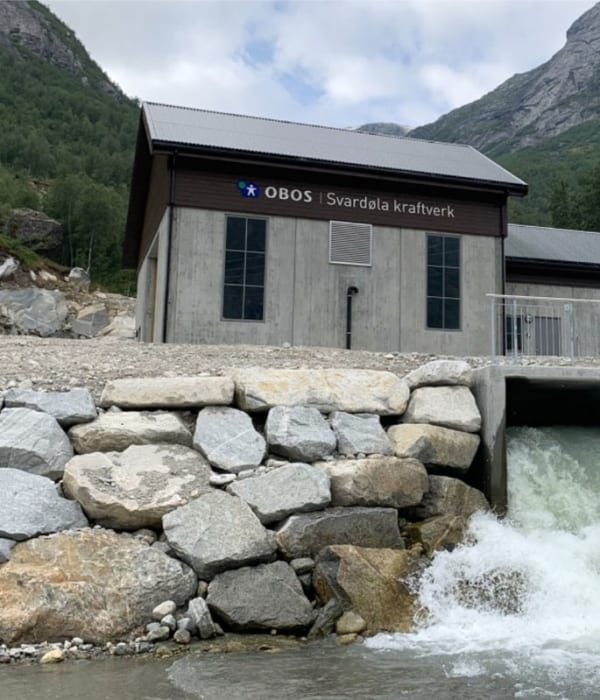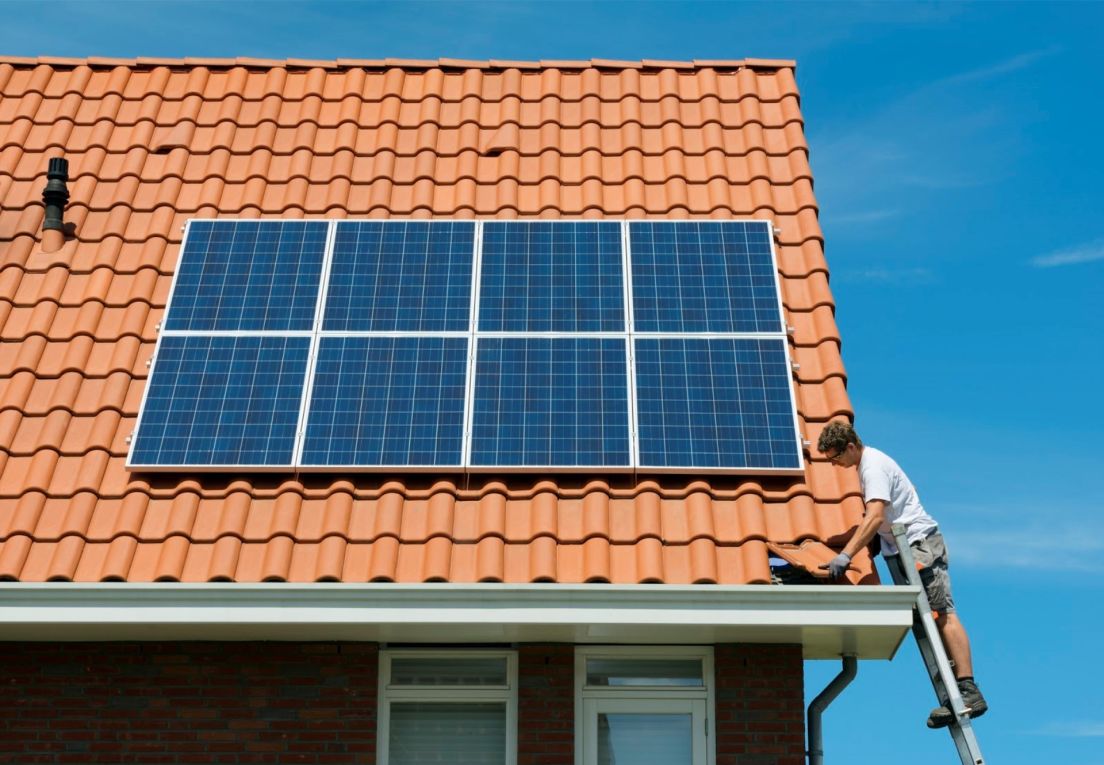
What exactly is clean power?
The vast majority of us want to do something good for our planet. Did you know that your choice of power can be a vital decision?
When we talk about clean power or renewable energy we often think of solar energy, wind power or hydropower. These are probably the best known forms of renewable energy, although there is also bioenergy, tidal energy, salt energy, wave energy and geothermal energy.
What does clean power mean?
Common to all these forms of renewable energy is that most of them have their origins in solar energy. They are part of the earth’s natural cycle and exist independently of people.
Thus, using clean power means that your energy comes from a natural source, which is continuously renewed. This contrasts with fossil fuels, which renew very slowly and which also require extensive environmental intervention to be used as a form of energy.
For a steadily increasing global population to be able to live to the same standards we are used to today, we have to adopt a more eco-friendly lifestyle. Towards this end, renewable energy must constitute a greater proportion of energy production than the present level.
What proportion of energy production is renewable?
On a global basis, clean power constitutes just 14% of all energy consumption, of which 10% is bioenergy and 2.4% is hydro energy. Regarding electrical energy, for example, electricity for houses, renewable energy constitutes around 22% (figure from 2013). In other words, clean power plays a modest role in terms of global energy consumption, although the development of renewable forms of energy is increasing.
Norway is currently developing more renewable energy than it has done for several decades. With more than 1,600 hydropower stations throughout the country, hydropower constitutes over 94% of Norwegian production capacity. This is followed by wind power and thermal power, which constitute 3.4% and 2.2% of the total, respectively.

How eco-friendly is clean power?
Even though renewable energy is derived from the earth’s natural cycle and is inexhaustible, inappropriately utilising such sources of energy could be harmful to the environment.
The development of renewable energy production in the form of, for example, wind power stations and solar cell parks, requires huge areas of land and therefore extensive environmental intervention in order to be utilised. Thus, there is often much discussion and controversy when sources of renewable energy are being planned in Norway.
When we are working for an eco-friendly future, the vast majority of our energy consumption must be clean power. It is therefore important to plan carefully so that any developments do not cause extensive harm to the environment.
What is OBOS Block Watne doing?
OBOS Block Watne is working actively to achieve climate-neutral operation for its own premises and homebuilding, as well as making provision for residents to utilise renewable forms of energy.
Power consumption at our head office at Hammersborg Torg 3 in Oslo is covered by guarantees of origin and in the near future this will also apply to other premises used by OBOS Block Watne.
When we start our new housing projects around Norway we ensure that the new residents can live a green lifestyle. This applies to everything from clean construction materials, power supply from renewable sources of energy, heat recovery and heating via eco-friendly district heating plants to eco-friendly stormwater management and green outdoor areas.
Sources:
Our work on the UN's Sustainable Development Goals
7 Clean energy for everyone
The goal concerns:
“Secure access to reliable, sustainable and modern energy at a reasonable price for everyone”
What we do:
OBOS Block Watne plans and builds houses that will ensure that the residents can live a green lifestyle by having access to renewable energy, for example.
